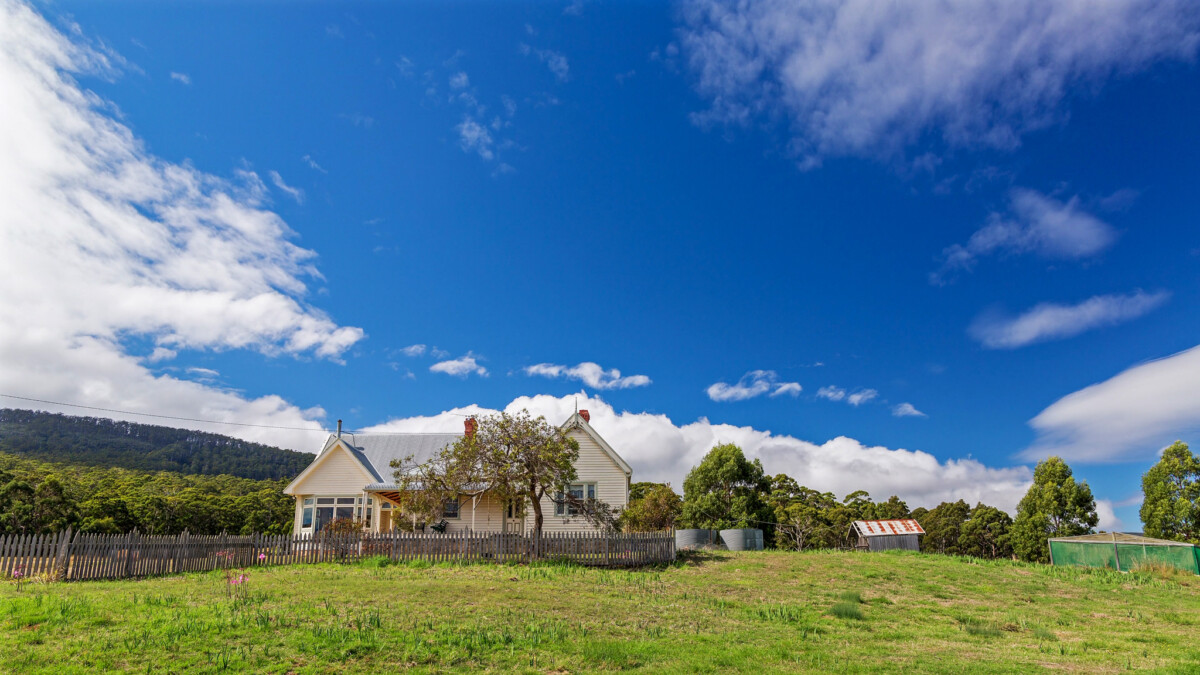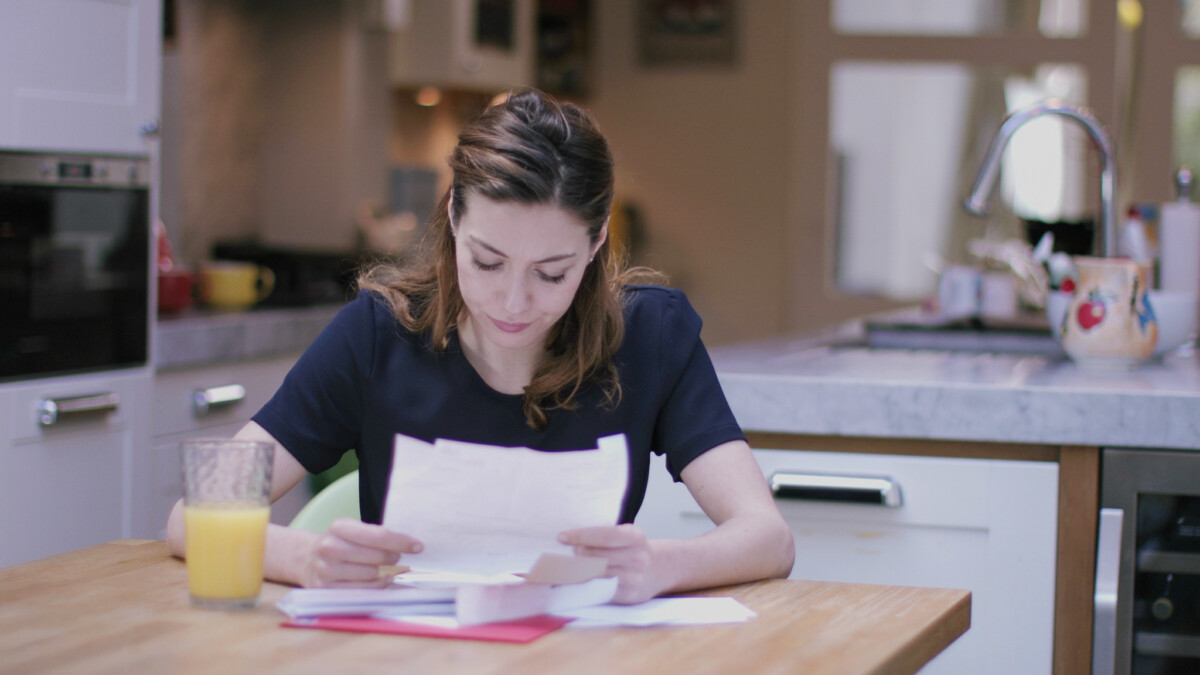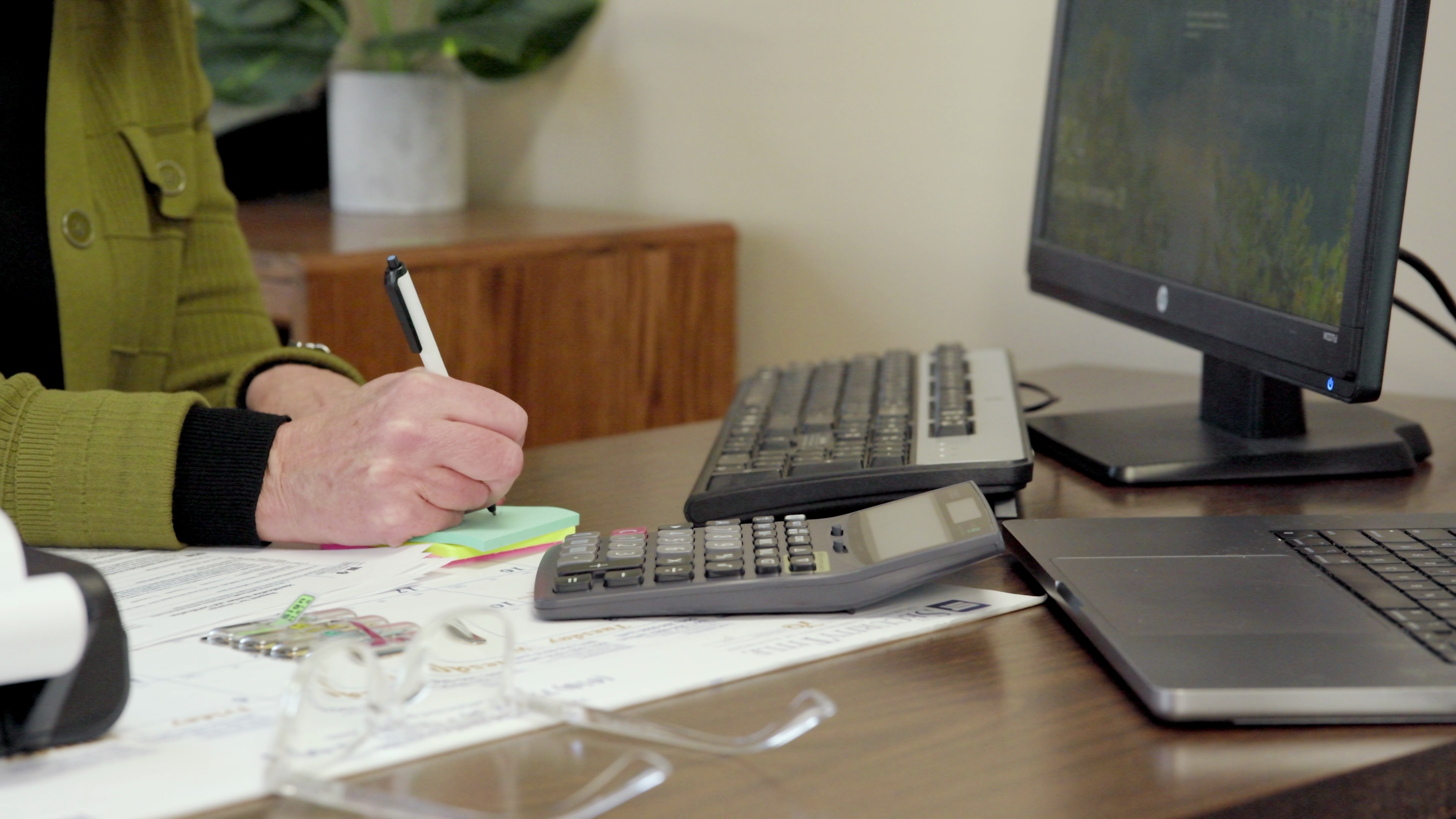In today’s dynamic real estate market, “Date the Rate, Marry the Home” has become a famous mantra for prospective homebuyers. This catchy expression encapsulates a strategic approach to purchasing property, especially with fluctuating interest rates and economic uncertainty. It emphasizes that while mortgage rates can be temporary and adjustable, the home you choose is a long-term commitment. Understanding the implications of this mindset can empower buyers to make more informed decisions, ensuring they secure not just a house but a home that meets their needs and aspirations.
The Concept Explained
The concept behind “Date the Rate, Marry the Home” suggests that buyers should focus primarily on finding the right home for their long-term needs rather than being overly concerned with the current mortgage rate. The “dating” aspect refers to the mortgage rate, which can be changed or “broken up with” by refinancing in the future when rates become more favorable. On the other hand, “marrying” the home underscores the permanence of the property itself. In this place, you will build memories, raise a family, and possibly stay for many years, if not decades.
This approach can particularly appeal to markets with high or volatile interest rates. Instead of waiting indefinitely for rates to drop, buyers can move forward with purchasing a home, secure in the knowledge that they can refinance when rates eventually decrease. This allows them to avoid missing out on the perfect property, which might not be available when rates finally do fall.
The Psychology of Home Buying
Buying a home is as much an emotional decision as a financial one. The idea of “marrying” a home speaks to the deep connection that people often feel towards their living space. A home is more than just a financial asset; it is a place where people invest their time, emotions, and personal identity. For many, the right home is worth any short-term financial inconveniences, such as a higher interest rate.
However, the fear of missing out (FOMO) on a good deal or the perfect home can drive buyers to make hasty decisions. This is where the “date the rate” philosophy provides reassurance. It encourages buyers to focus on the house, which is unlikely to change, and to view the mortgage rate as a temporary condition that can be altered.
Understanding Mortgage Rates
Various factors, including economic conditions, inflation, and the policies of the Federal Reserve, influence mortgage rates. They can vary significantly over time, sometimes increasing or decreasing by several percentage points within a few months or years. While a lower mortgage rate can save buyers thousands of dollars over the life of the loan, the opportunity to refinance can mitigate the impact of starting with a higher rate.
Refinancing replaces an existing mortgage with a new one, typically at a lower interest rate. This can reduce monthly payments, shorten the loan term, or even provide cash out for other expenses. For many buyers, the ability to refinance is a crucial aspect of the “date the rate” strategy. It offers flexibility and the potential for future savings, making the initial rate less of a critical factor in the home-buying decision.
The Importance of Long-Term Perspective
When buying a home, it’s essential to take a long-term perspective. Real estate is considered a sound long-term investment, with property values appreciating over time. By focusing on the home itself—its location, size, features, and suitability for your lifestyle—you are making a decision that will impact your life for years to come. Even if the initial mortgage rate is higher than you would like, the potential for future refinancing means you are not locked into that rate forever.
Moreover, waiting for interest rates to drop before purchasing can be risky. The real estate market is unpredictable, and there is no guarantee that the perfect home will be available when rates eventually fall. In many cases, the value of a house in a desirable location may be appreciated faster than the savings from a lower interest rate, meaning waiting could cost more in the long run.
Practical Considerations for Buyers
- Evaluate Your Financial Situation: Before committing to a home purchase, assess your financial situation carefully. Determine how much you can afford a monthly mortgage, and consider how different interest rates will impact your budget. A higher rate may mean higher monthly payments, but if the home is within your means and meets your long-term needs, it may still be a worthwhile investment.
- Research the Housing Market: Take the time to understand the local housing market. Look at trends in property values, availability, and demand. This information can help you make an informed decision about whether to buy now or wait. Buying sooner rather than later may be better if property values rise quickly.
- Plan for Refinancing: If you purchase a home with a higher interest rate, ensure you have a refinancing plan when rates drop. This might involve keeping an eye on economic conditions, staying in touch with your lender, and maintaining good credit to ensure you qualify for better rates in the future.
- Please focus on the Home’s Long-Term Potential: When choosing a home, consider its potential to meet your needs for many years. Think about the size of the home, its location, the quality of the local schools, and other factors that will impact your life over the long term. A home that you love and fits your lifestyle is a good investment, even if the initial interest rate is higher than you’d prefer.
Conclusion
“Date the Rate, Marry the Home” is more than just a catchy phrase; it’s a practical approach to home buying that emphasizes the importance of focusing on what truly matters—the home itself. While interest rates are essential, they are not the only factor that should drive your decision. By prioritizing the long-term suitability and value of the home and planning for the possibility of refinancing in the future, you can make a sound investment that will serve you well for years. Ultimately, the right home is worth any temporary financial trade-offs, making this strategy a valuable guide for today’s real estate market.


















